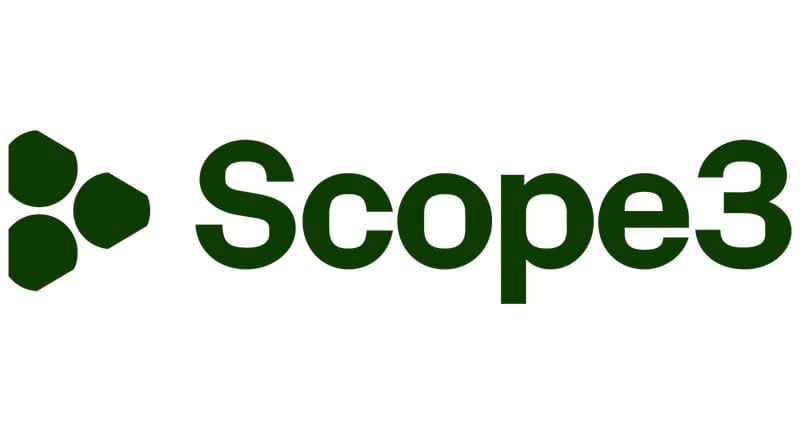Scope3 has announced the addition of DOOH to its emissions measurement as ad spending in the sector is predicted to grow from $17 billion to nearly $24 billion over the next five years.
The Public Benefit Corporation has identified which factors need to be considered when looking at the emissions of the channel and how to approach reduction, taking into account various DOOH screen types and venues, such as taxi screens or billboards.
Granular and channel-specific data, including the geo location’s energy grid mix, makes it possible to precisely understand the source of emissions and identify meaningful reduction opportunities.
Among Scope3’s early findings from modelling DOOH is that the more sustainable advertising option isn’t always the smallest screen — debunking a common myth large screens are always the biggest emitters of carbon.
Insight and expertise from global DOOH ad tech company, Hivestack, enabled Scope3 to build the foundation of the model. Ongoing adaptations of the Scope3 model are supported by Hivestack and DOOH media owners JCDecaux ANZ, Go Media, and Lumo, as well as VIOOH, a DOOH trading platform. These partners are the first in the industry to take action to minimise the carbon footprint of DOOH with Scope3.
Brian O’Kelley, CEO and co-founder of Scope3, said brands need a sustainability partner to provide reliable emissions data for every channel in their media plans. He noted that the advancement also marks an exciting and important step forward in putting valuable and accurate DOOH emissions data into the hands of marketers.
“Mapping and modeling a complex and interconnected media ecosystem can’t be done alone, it took a community of collaborators with deep channel expertise months of building and testing to bring DOOH measurement to life.”
Andreas Soupliotis, founder and CEO at Hivestack, said the ad tech company is proud to support the carbon emissions model for DOOH formats.
“Out of home (OOH) as a medium boasts great potential and it is our priority to put sustainability at the forefront of its future.
“This initiative goes beyond a singular outcome; it’s about laying the foundation for a decarbonised ecosystem that will not only benefit advertisers, media owners, and data providers but will also pave the way for a more green future for DOOH advertising technology.”
Attributes from 100k screens worldwide currently power the Scope3 DOOH emissions model, with plans to expand this number further. DOOH is now accessible via Scope3’s API; the dataset will be available in the Scope3 collaborative sustainability platform (CSP) in 2024.
